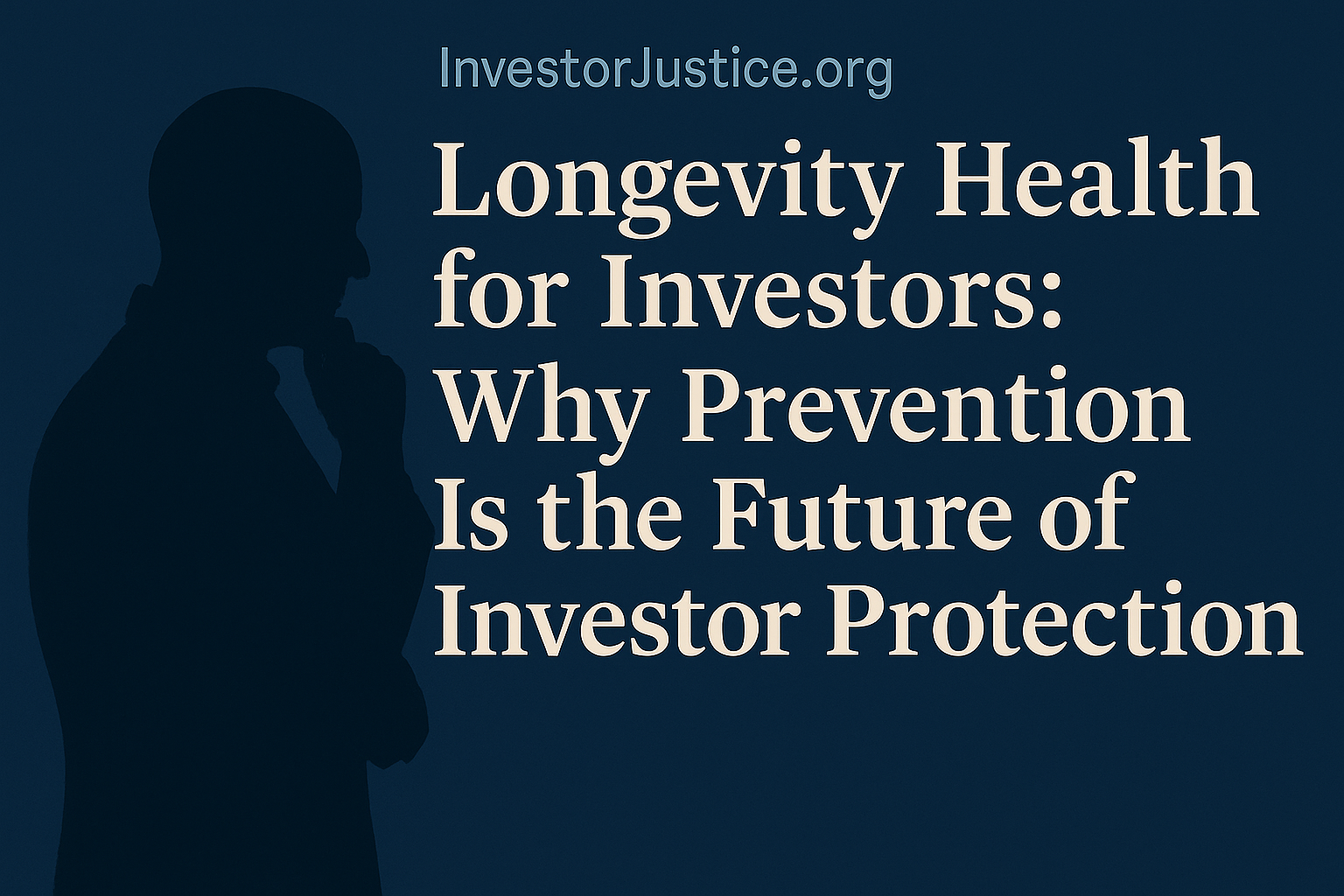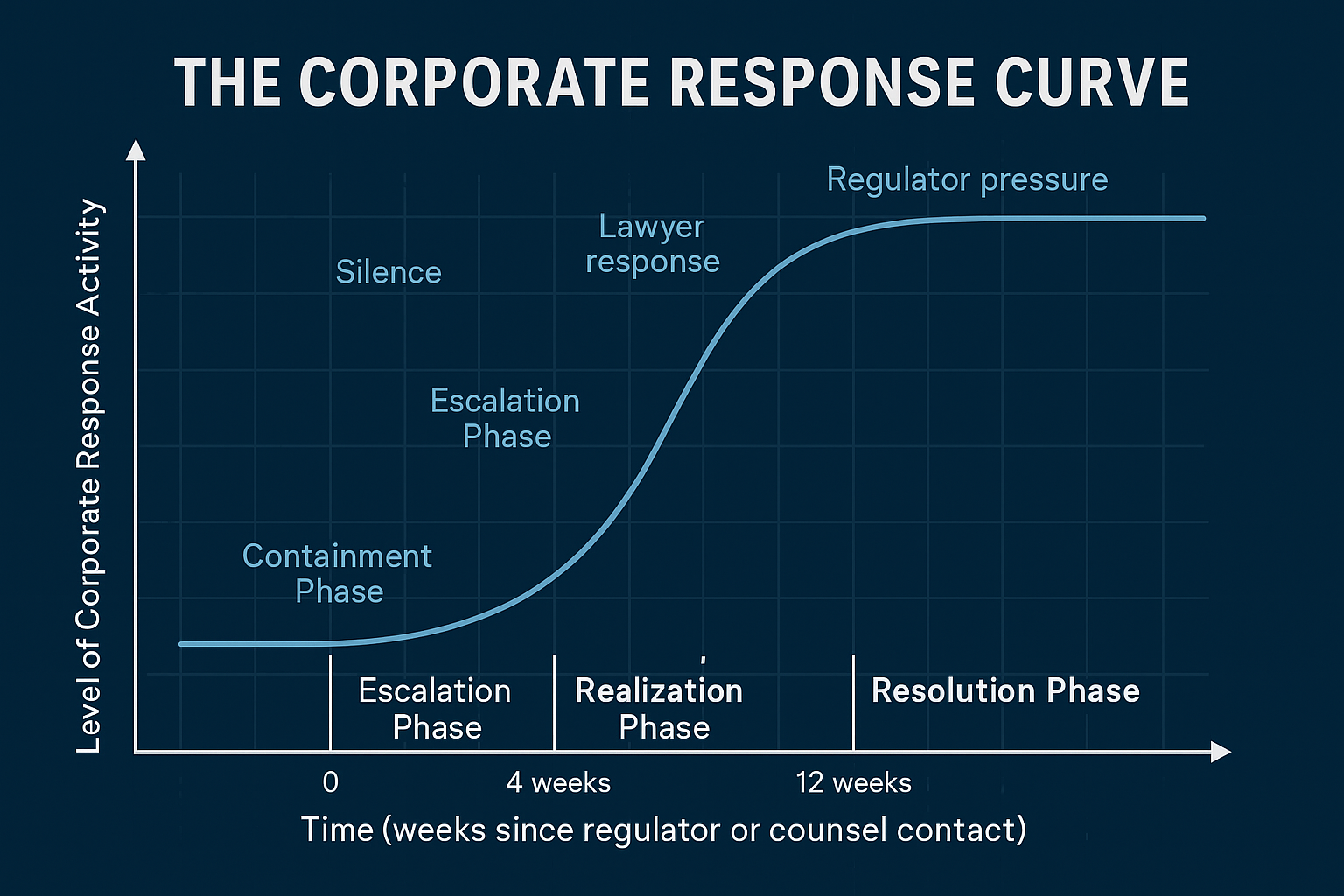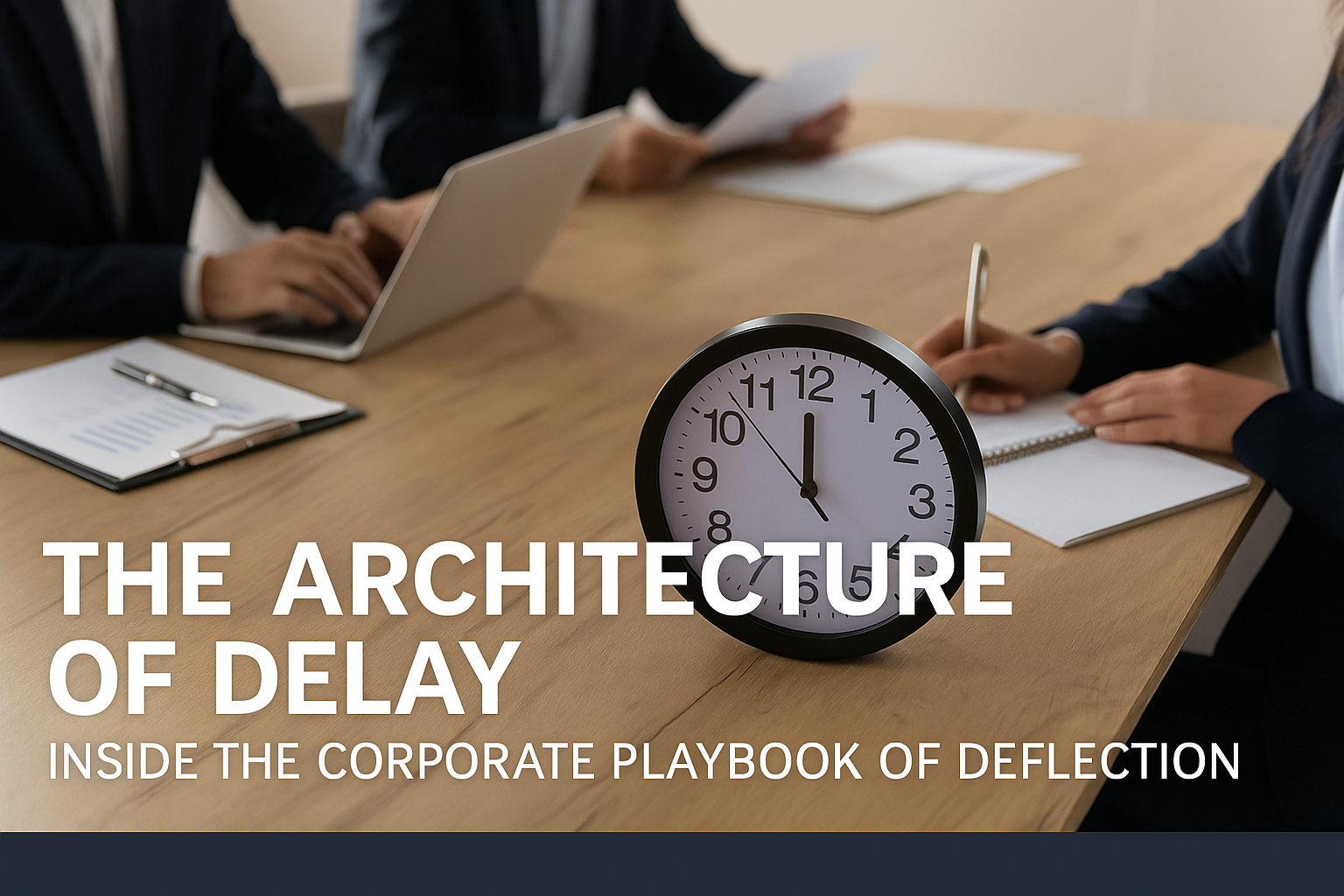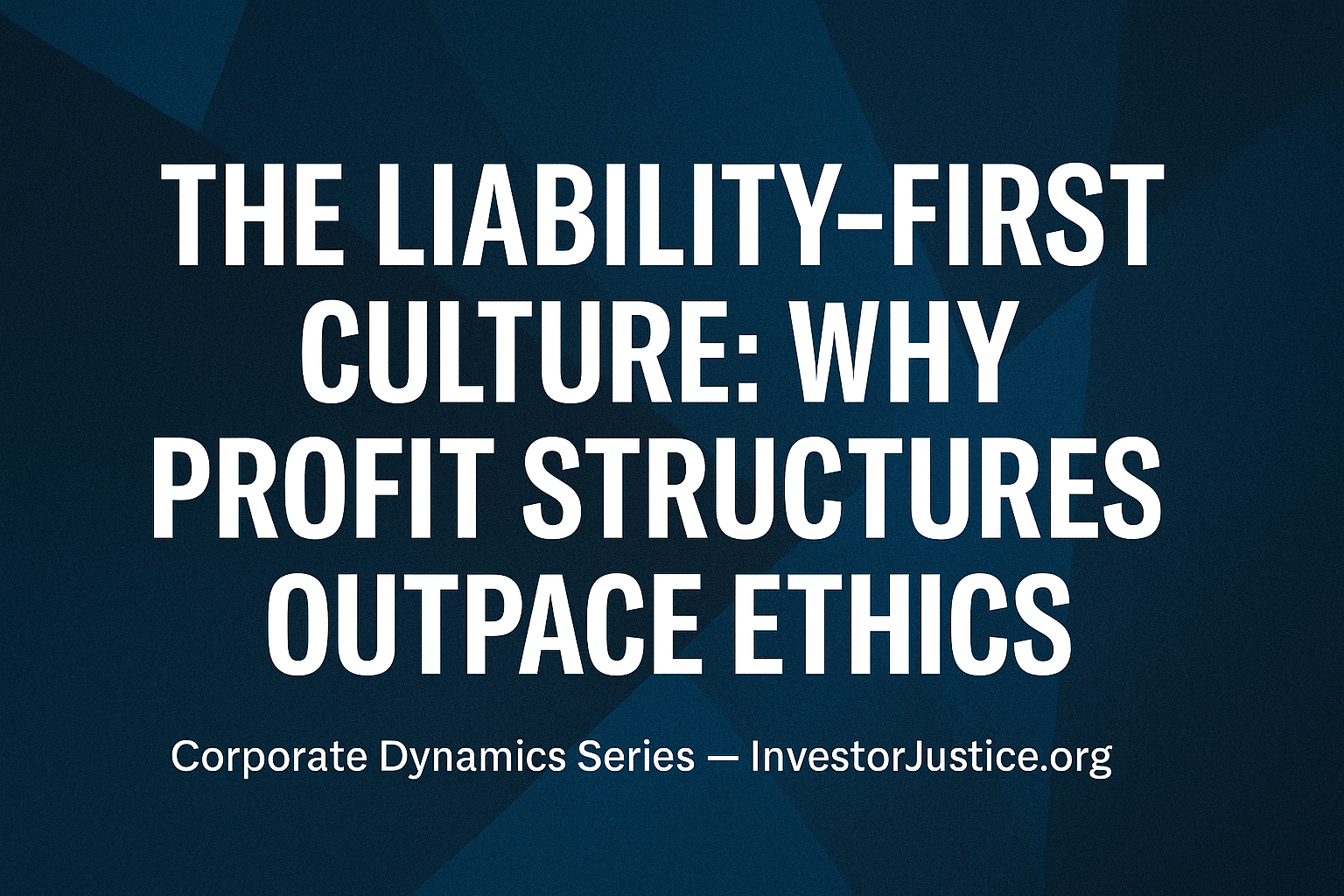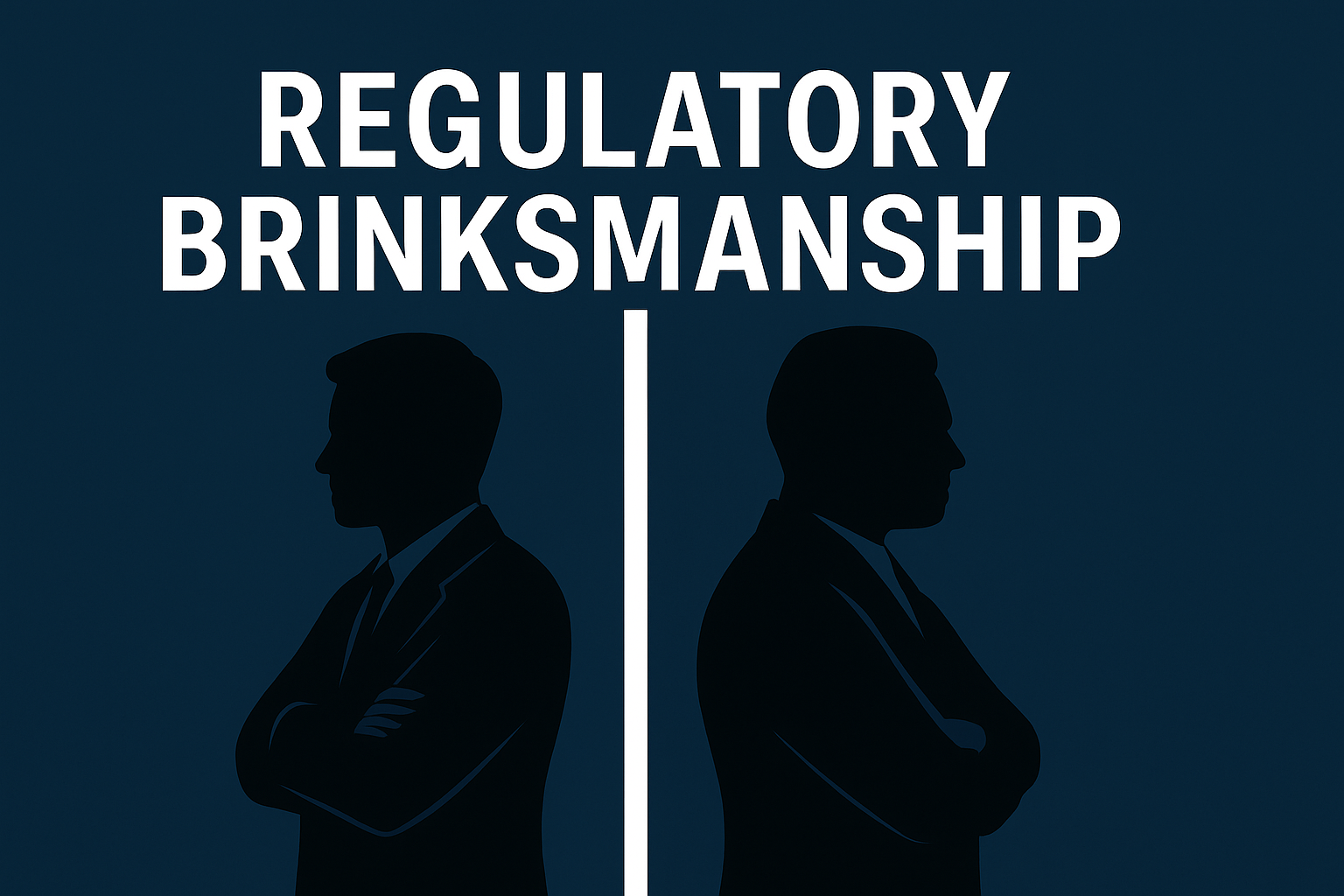Table of Contents
Why This Matters
Medicine learned long ago that prevention extends life.
Finance has not yet learned the same lesson.
Investor protection remains a reactive discipline; one that moves only after loss, misrepresentation, or collapse.
But in an era where financial harm spreads faster than regulatory response, prevention must become the new form of protection.
Just as public health evolved from treating disease to preserving wellness, investor protection must evolve from punishing misconduct to strengthening transparency and trust before harm occurs.
This is the foundation of longevity health for investors; the practice of sustaining financial ecosystems through proactive accountability, continuous monitoring, and open data integrity.
From Recovery to Prevention
Traditional enforcement treats investor loss as an isolated event.
A complaint is filed, an investigation begins, and years later, if ever, restitution follows.
By then, the damage is systemic: health, families, and civic trust deteriorate in parallel with financial loss.
Preventive regulation flips the model.
Instead of waiting for collapse, it looks for early indicators; structural opacity, jurisdictional fragmentation, or abnormal product risk and acts before investors bleed out.
This requires a shift in mindset:
- From post-crisis to preemptive: spotting misconduct patterns before they metastasize.
- From secrecy to transparency: prioritizing open data and public verification.
- From liability to resilience: recognizing that strong oversight preserves markets, not weakens them.
The Investor’s Immune System
Just as the body’s immune system identifies threats early, a healthy financial system depends on detection before damage.
Every transparent audit, accessible API, and verified disclosure is part of that immune response.
When firms obscure their data, or when regulators hesitate to enforce visibility, they weaken the collective resilience that keeps markets healthy.
Investor longevity depends not on guarantees of profit, but on guarantees of honesty.
The Cost of Reactive Oversight
Reactive enforcement has become the regulatory equivalent of emergency medicine; vital, but unsustainable.
Every “case closed” headline without restitution signals another failure in prevention.
The result is predictable:
- Public cynicism rises.
- Legal backlogs expand.
- Trust, the capital of democracy, continues to devalue.
Prevention costs less than repair.
Transparency heals faster than litigation.
The Path Forward: Designing for Longevity
If we accept that investor health is civic health, then we must design oversight that operates like preventive care:
- Early detection: Require real-time reporting and anomaly flags in high-risk sectors.
- Open diagnostics: Use standardized disclosures and third-party verifications accessible to the public.
- Continuous care: Build digital feedback loops between regulators, platforms, and consumers to identify risks dynamically.
- Holistic accountability: Treat investor protection as an ecosystem, not a siloed agency function.
When governance behaves like a doctor who checks the pulse, not just the symptoms, markets can thrive without recurring injury.
The Moral Equation
Longevity health for investors is not just financial, it is moral.
It asks whether we value prevention enough to redesign the systems that failed too many before.
It challenges regulators to act like physicians; to protect, not just to diagnose.
The lesson is timeless:
An ounce of prevention is worth more than a trillion in restitution.

